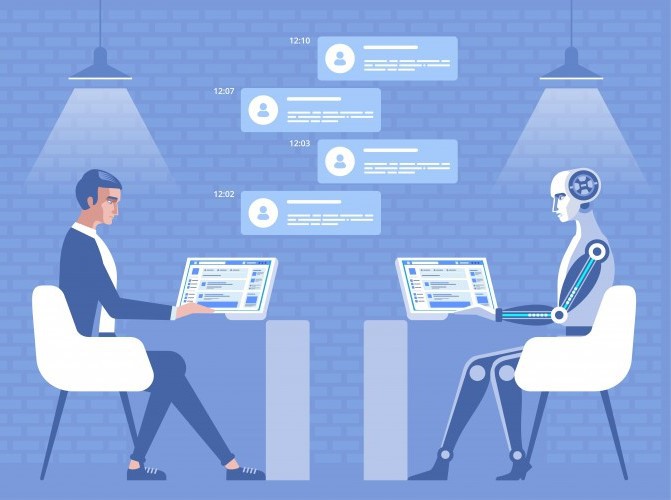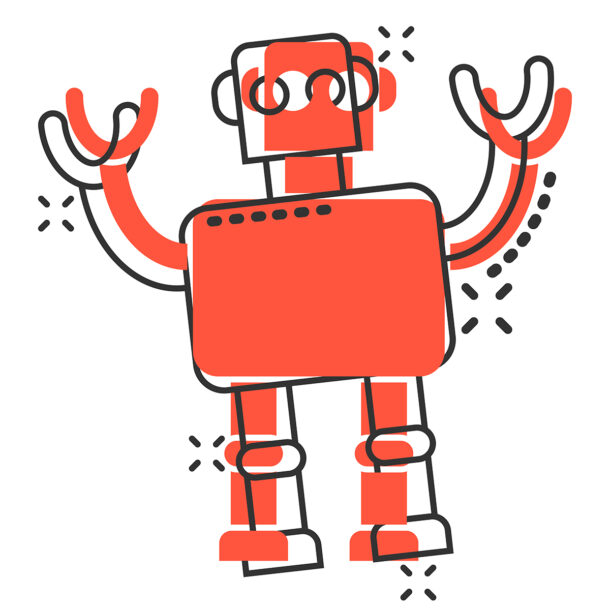Introduction:
Recruitment bots are becoming increasingly popular as companies recognize their potential to streamline the hiring process, save time, and enhance the candidate experience. If you’re considering adopting a recruitment bot for your organization, it’s essential to follow best practices to ensure a smooth integration and maximize the benefits. In this blog post, we’ll outline the top best practices for adopting recruitment chatbots, so you can start transforming your process with confidence.
- Define Your Objectives Before implementing a recruitment bot, it’s crucial to identify your goals and objectives. Determine how you want the chatbot to support your recruitment process, whether it’s by automating initial candidate screening, answering frequently asked questions, or scheduling interviews. Having clear objectives will help you choose the right chatbot solution and measure its success over time.
- Choose the Right Chatbot Platform There are many chatbot platforms available, each with different features and capabilities. Consider factors such as ease of use, customization options, and integration with your existing applicant tracking system (ATS) when selecting the platform that best suits your needs.
- Customize the Chatbot’s Conversational Flow A well-designed conversational flow is key to a successful recruitment chatbot. Take the time to customize the chatbot’s script, ensuring it accurately represents your organization’s voice and tone. Additionally, make sure the chatbot can handle common questions and provide appropriate responses that align with your recruitment policies.
- Train Your Chatbot with Relevant Data For your recruitment bot to be effective, it must be trained with relevant data. Provide the chatbot with accurate information about job openings, company culture, and benefits to ensure it can offer useful responses to candidates. Regularly update this data to keep your chatbot current and accurate.
- Integrate Your Chatbot with Existing Systems To streamline your recruitment process, it’s essential to integrate your chatbot with existing systems, such as your ATS or HR software. This will enable the chatbot to automatically update candidate records, ensuring a seamless experience for both recruiters and candidates.
- Test and Optimize Your Chatbot Before launching your recruitment bot, test it thoroughly to identify any issues or areas for improvement. Gather feedback from both internal stakeholders and external candidates to optimize the chatbot’s performance and ensure it meets your objectives.
- Communicate the Benefits to Stakeholders To gain buy-in from stakeholders and encourage the adoption of your recruitment chatbot, it’s important to communicate its benefits clearly. Share success stories, key performance indicators (KPIs), and case studies with your team to demonstrate the value of the chatbot and its positive impact on the recruitment process.
- Monitor and Measure Success Continuously monitor your recruitment chatbot’s performance, paying close attention to metrics such as candidate engagement, time savings, and satisfaction rates. Use this data to fine-tune your chatbot and make any necessary adjustments, ensuring it remains a valuable tool for your recruitment process.
Conclusion:
By following these best practices for adopting recruitment bots, you can confidently integrate this powerful tool into your hiring process, reaping the benefits of streamlined workflows, reduced time-to-hire, and enhanced candidate experiences. As you embark on your journey with recruitment chatbots, remember to continually monitor and optimize your chatbot to maximize its potential and ensure its ongoing success.
If you’d like to find out more about how chatbots can transform your recruitment process, book a demo here
If you’d like to read more about recruitment chatbots, check out our blog: Recruitment Chatbots: The Future of Hiring


